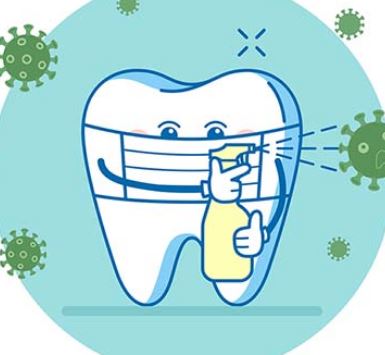
How are we protecting you from COVID-19 ?
For the safety of our patients and staff during these uncertain times,
we use the Pax 2000X Extraoral Suction.
COVID-19 Preventative Actions
COVID-19 can be prevented through pharmaceutical (i.e., vaccination) and non-pharmaceutical interventions (e.g., masking, physical distancing, hand hygiene).
All of these preventative measures are important to protect individuals from acquiring and transmitting the SARS-CoV-2 virus and should be done in conjunction with one another.
Vaccination
Getting vaccinated is a preventative measure that people can take to avoid getting sick with COVID-19 and to avoid infecting others.
While safe and effective vaccines are a great tool for prevention, it is important to continue other preventative actions such as wearing masks, performing hand hygiene, physically distancing from others,
and avoiding crowded spaces and spaces with poor ventilation.
There are several vaccine candidates, and many have been listed under WHO’s COVID-19 vaccines
Masks
Wearing masks is another important preventative action for COVID-19 that should continue to be performed.
When selecting a mask, there are many factors to consider.
- Masks should have two or more layers of washable, breathable fabric
- Completely cover the nose and mouth
- Fit snug against the sides of the face and not have gaps
- Have a nose wire to prevent air from leaking out of the top of the mask
It is also important to choose and wear the proper type of mask based on your setting.
For example, in a community setting, cloth masks should be worn, whereas during aerosol generating procedures in a healthcare setting, should be worn.
Other preventative actions
Even with the introduction of vaccinations as a tool for prevention against COVID-19 and the proper use of masks, CDC recommends the following key COVID-19 preventative activities.
Avoiding crowded spaces or spaces that have poor ventilation or wear a mask in these spaces
Performing proper hand hygiene
Keeping high touch surfaces clean
Monitoring symptoms
Getting tested if ill.